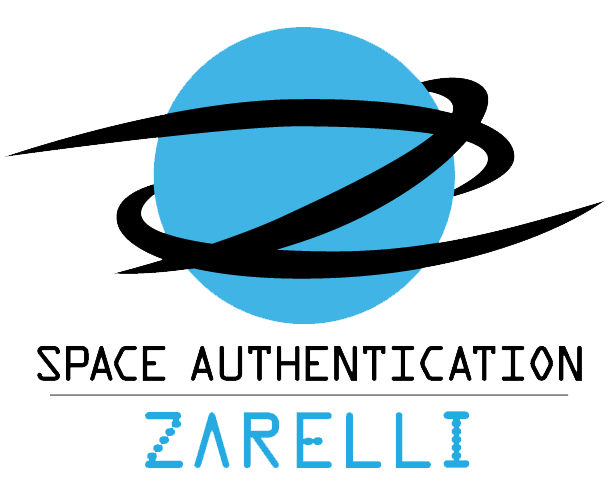Apollo 8: First to the Moon
/It was a daring mission led by the incomparable Frank Borman. Jim Lovell, the future commander of the Apollo 13 mission, and Bill Anders rounded out the crew.
 |
| The crew of the historic Apollo 8 Bill Anders, James Lovell and Frank Borman |
On Christmas Eve 1968 during a live television transmission heard by an estimated 2 billion people, each crew member read a section from the Book of Genesis (verses 1-10). Borman finished the broadcast by wishing a Merry Christmas to everyone on Earth with, "And from the crew of Apollo 8, we close with good night, good luck, a Merry Christmas, and God bless all of you, all of you on the good Earth."
(As an aside, it's almost unimaginable that religious content like this would be permitted on a broadcast today. If it was, they would have to include a message from every conceivable religion (and atheists) as to be as "inclusive" as possible. Some would call this "progress" I assume.)
The signed limited print above was issued by the San Diego Air and Space Museum in 2008 -- the 40th anniversary of the mission. As space collectors know, Bill Anders is an exceedingly difficult signer, making an Apollo 8 crew signed item one of the least common and most desirable Apollo crews.













